A bread mixer streamlines the process and allows for consistent and high-quality results. It is designed to efficiently combine bread dough ingredients like flour, water, yeast, and salt. And it also completes the kneading action. This helps in developing gluten and creating the desired texture. Hand mixing and kneading dough can be a time-consuming and physically demanding task. The bread mixer machine automates the process, allowing bakers to achieve a well-mixed and properly kneaded dough. The stand mixer for bread is popular for home use because it has a stable base and a tilting head to add ingredients easily and monitor the mixing process. On the other hand, an industrial bread mixer is designed for large-scale production.
How a bread mixer works
The motor begins to run when the user plugs the mixer into a power source and turns it on. The device uses a bread mixer attachment like a dough hook, a beater, and a whip to power the mixing process. The dough hook is what mixes the ingredients and kneads the bread dough. The hook stretches and folds the dough as it rotates, forming the gluten network required for bread structure. Usually, bread mixers have several speed settings that let the user regulate the speed of mixing or kneading the dough. A bread mix machine also features different speed control settings. Higher speeds are used for kneading, while lower speeds are used for mixing the ingredients. Some large bread mixers have a planetary mixing action and are usually used for industrial purposes. This means the bread mixer attachments move in an elliptical pattern and rotate on an axis. Moreover, some other bread mixers also include built-in timers. With such devices, users can set a specific time for mixing or kneading, ensuring consistency with each bread mix.
Applications of a bread mixer
A bread mixer has multiple applications for residential or commercial use. The primary purpose of these kitchen appliances is to mix bread ingredients and knead the dough. But besides bread mixing, a home or commercial bread mixer can also be used in pastry or dessert preparations. For instance, a cake mixer can help make whipping cream and mix cake ingredients. Similarly, bread mixers help prepare dough: pasta, pizza, cookies, etc. Other applications of a bread mixer depend on its additional attachments and features. Consider the example of mixers that come with attachments for mashing potatoes. They offer a convenient alternative to manual mashing, keeping the process clean and tidy.
Features of a bread mixer
Typically, a bread mixer features a tilt-head design that makes it simple to swap out attachments and gain easy access to the mixing bowl. Because of its increased user accessibility, this design makes adding ingredients or changing settings easier while mixing. A beater ejector button facilitates seamless task transitions by offering a rapid and effective means of separating mixing attachments. Overall, the bread mixer is easier to use thanks to this feature. On the other hand, a bowl-lift design found in some models provides more stability and support when mixing heavier loads. This design caters to users involved in more complex baking or cooking projects because it can hold more significant amounts of dough and ingredients.
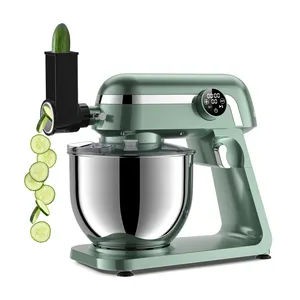


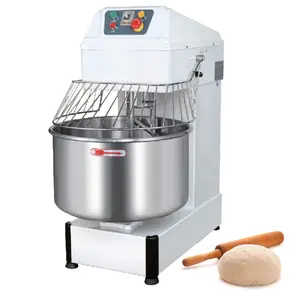










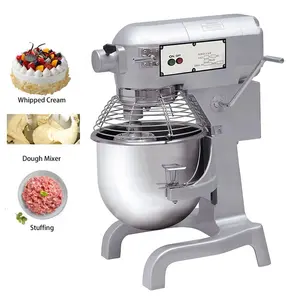

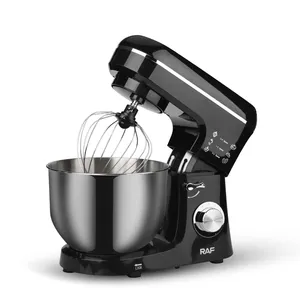




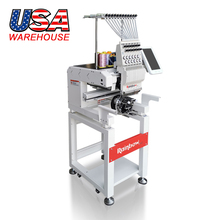


























 浙公网安备 33010002000092号
浙公网安备 33010002000092号 浙B2-20120091-4
浙B2-20120091-4